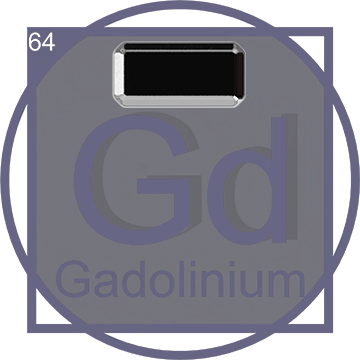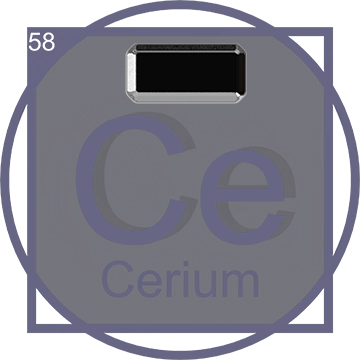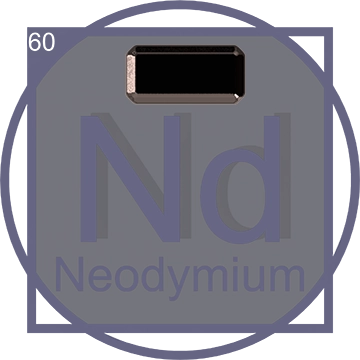Understanding Gadolinium (Gd): A Comprehensive Overview
Gadolinium (Gd) is a fascinating element in the periodic table known for its unique properties and wide range of applications in science and technology. As a member of the lanthanide series, this rare earth metal plays a pivotal role in advancing modern technology and medical science.
Discovery of Gadolinium

Gadolinium was discovered in 1880 by Swiss chemist Jean Charles Galissard de Marignac. He identified the element spectroscopically in the mineral samarskite but it wasn't isolated in pure form until later. The element was named after the mineral gadolinite, itself named after Johan Gadolin, a Finnish chemist, mineralogist, and physicist.
Position in the Periodic Table
Gadolinium belongs to the lanthanides group in the periodic table. It is the 64th element and is known for its paramagnetic properties, which are the strongest of any element at room temperature. The electronic configuration of Gadolinium is [Xe] 4f7 5d1 6s2.
Properties and Characteristics of Gadolinium in it's Pure Form

Gadolinium has a silvery-white appearance and is malleable and ductile. It is relatively stable in dry air but oxidizes quickly when exposed to moisture. Gadolinium has unusual metallurgical properties, reacting with both acids and bases. It has superconductive properties when alloyed with other metals.
Given the properties of Gadolinium, in the image, this should give a reflection of what the element could look like in it's pure form.
Scientific and Technological Applications
Gadolinium has several critical applications across different fields:
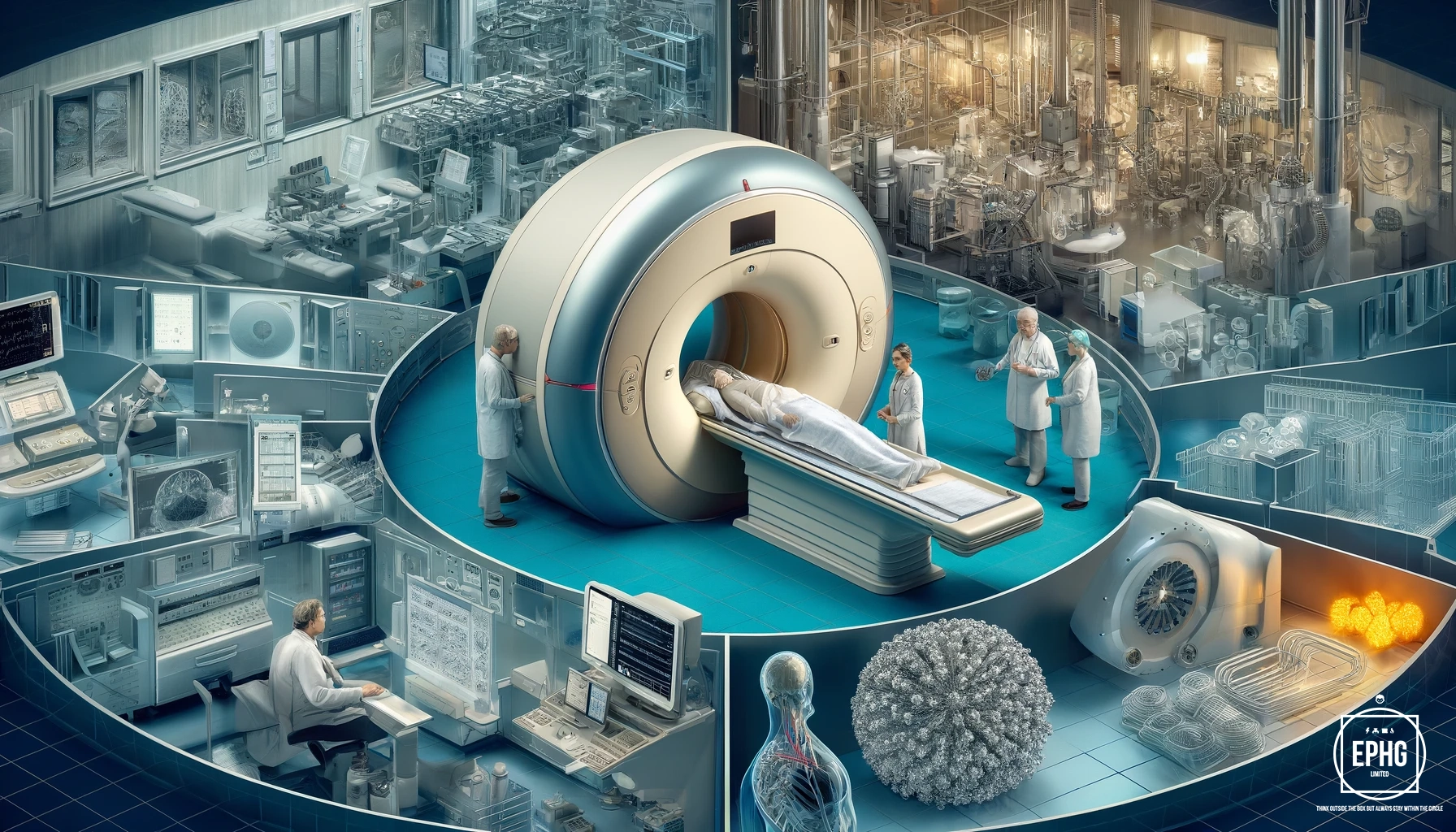
- Magnetic Resonance Imaging (MRI): Gadolinium is widely used as an MRI contrast agent due to its paramagnetic properties, enhancing the quality of MRI scans.
- Neutron Therapy: Because of its ability to absorb neutrons, gadolinium is used in neutron therapy to target tumors in cancer treatment.
- Manufacturing: Gadolinium's thermal and electrical properties make it valuable in manufacturing various electronics and specialized alloys.
Conclusion
Gadolinium's role in both scientific research and practical applications makes it an element of significant interest. From improving diagnostic methods through MRI to aiding in the battle against cancer with neutron therapy, Gadolinium continues to contribute to key advancements in technology and medicine.
Production and Mining of Gadolinium
Gadolinium, being a rare earth metal, is primarily obtained through mining. The extraction of Gadolinium typically involves the mining of minerals such as monazite and bastnäsite, which contain small amounts of all lanthanide metals, including Gadolinium. The process involves crushing the mined ore, followed by a series of chemical reactions to separate Gadolinium from other elements.
Mining Locations
Significant sources of Gadolinium include:

- Bayan Obo, China - the largest source of rare earth metals globally.
- Mountain Pass, California, USA - a significant US-based source of rare earth minerals.
- Mount Weld, Australia - known for its large deposits of rare earth elements.
- Shinkolobwe Mine: A Uranium Copper mine with Nickel and Cobalt and a deposit of Gadolinium alongside other minerals.
Associated Resources
Alongside Gadolinium, other rare earth elements are commonly found, such as:
Modern Uses of Gadolinium
In today's world, Gadolinium has several vital applications:
- As an MRI contrast agent, enhancing the clarity and quality of magnetic resonance imaging.
- In neutron therapy for cancer treatment, where its properties help improve the precision of therapy.
- In manufacturing high-efficiency refrigeration systems and electronics due to its thermal and electrical properties.
Future Potential of Gadolinium
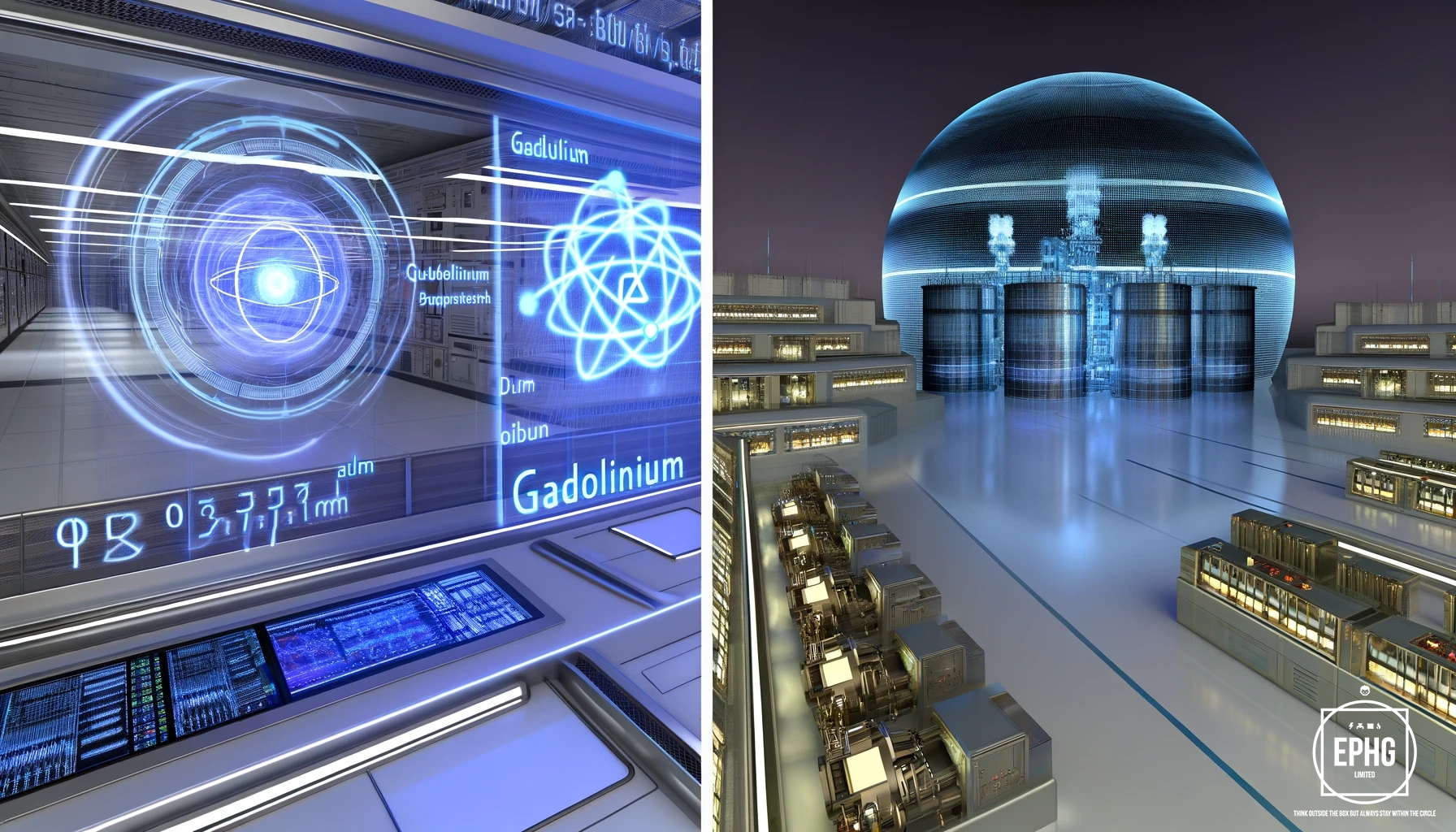
The future of Gadolinium looks promising due to its unique properties. Scientists are researching its potential in quantum computing and advanced nuclear reactors. Its high neutron capture cross-section might make it pivotal in developing new technologies for managing nuclear reactions and safety processes in reactors.
